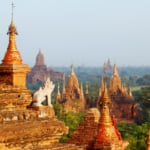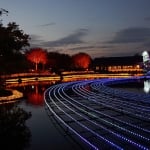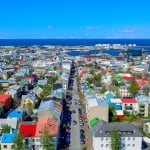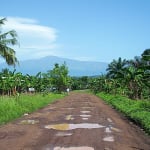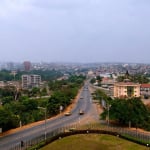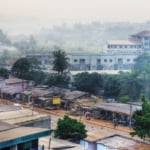Name: Dja Faunal Reserve
Address: Dja-Et-Lobo, Cameroon
Official/Related Website URL: https://worldheritagesite.xyz/dja/
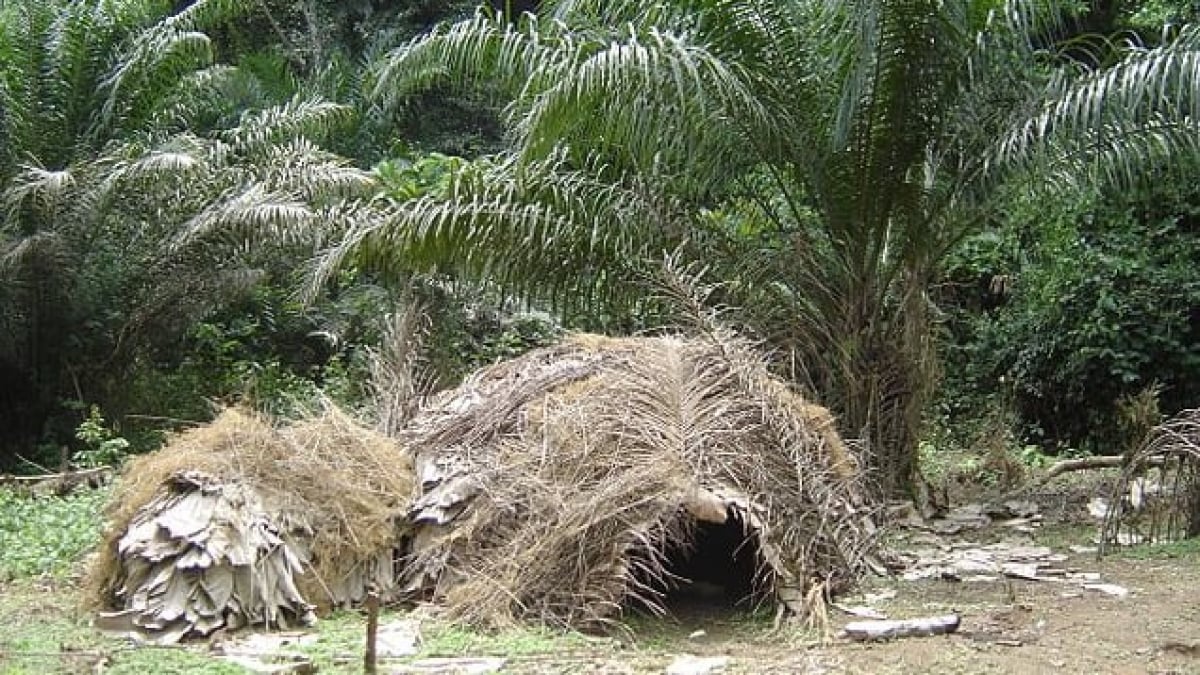
The World Heritage Dzanga-Sangha Protected Area in Cameroon is one of the largest tropical rainforests in Africa!
Cameroon, located in Central Africa, is a hidden powerhouse in the world of soccer.
This country is also home to a wealth of natural beauty that feels like a microcosm of the entire African continent.
A prime example of this is the Dzanga-Sangha Protected Area, which was registered in 1987 as Cameroon’s first World Heritage site.
This protected zone, with its virtually untouched wilderness, supports an ecosystem of over 1,500 plant species, around 350 species of birds, and more than 100 species of mammals—including the critically endangered western lowland gorilla.
Now, let’s take a look at the captivating features of the World Heritage site: the Dzanga-Sangha Protected Area.
table of contents
[x] close
The World Heritage Dzanga-Sangha Protected Area in Cameroon is one of the largest tropical rainforests in Africa!
What is the Dja Faunal Reserve?
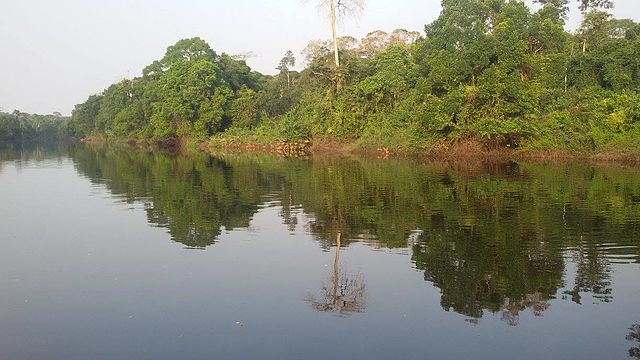
Cameroon's World Heritage site, the Dja Faunal Reserve, is known as one of the largest tropical rainforests on the African continent. While other countries also boast vast tropical forests, what makes the Dja Faunal Reserve truly remarkable is that it remains largely untouched by human activity.
Within the reserve, which is home to over 1,500 species of plants, around 350 species of birds, and more than 100 species of mammals, there are also five mammal species designated as endangered. If you're lucky, you might even get a close look at some of them.
Among the must-see rare animals are the western lowland gorilla, the mandrill, and the forest elephant!
As a protected area, hunting and farming are prohibited in the Dja Faunal Reserve. However, there is one exception—members of the Baka people, who have lived in this region for generations. They continue to live traditionally in harmony with nature, gradually moving through the rainforest while camping along the way.
Thus, the Dja Faunal Reserve is not only a place to encounter rare flora and fauna and breathtaking landscapes but also a space where visitors can experience the lifestyles and cultural traditions of Indigenous communities. The Baka are just one of the more than 275 ethnic groups in Cameroon, but their way of life is undoubtedly under threat from ongoing poaching and deforestation. To help ensure the survival of the Baka people, it is essential to continue protecting this rainforest for generations to come.
Access to the Dja Faunal Reserve
You'll need to travel via cities in Asia, the Middle East, or other parts of Africa to reach the capital, Yaoundé. At least three layovers are required, and depending on the route, total travel time is about 25 hours at the shortest.
From Yaoundé, the gateway to the Dja Faunal Reserve is the town of Lomié, located approximately 360 km away. Although Cameroon does have domestic flights, frequent issues like sudden schedule or destination changes make land travel the more reliable option. The drive takes about 7 hours. From Lomié, there are also organized tours available, which you might consider joining.
Recommended Highlights of the Dja Faunal Reserve
◆ Rich Ecosystem
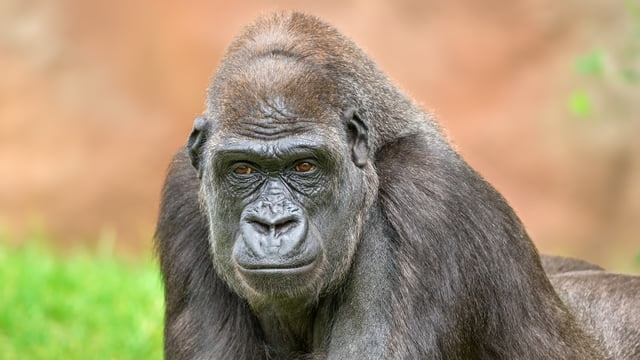
Approximately 90% of the World Heritage site, the Dja Faunal Reserve, is said to remain untouched by human activity. As expected, an incredible variety of flora and fauna thrive within the protected area. In particular, the reserve is home to a wide array of primates—14 species in total—including endangered species such as the western lowland gorilla, the small and elusive lesser spot-nosed monkey, mandrills, and chimpanzees.
In addition to well-known African animals like warthogs, leopards, and forest elephants, you might also spot the pangolin, a mammal covered in tough scales found only in Southeast Asia and Africa. It resembles an armadillo but is larger and more heavily armored. Pangolins are listed as endangered due to their rapidly declining population.
Keep in mind that collecting insects or plants is strictly prohibited in the Dja Faunal Reserve. Fishing and hunting are also banned. Since the reserve is surrounded on three sides by the Dja River, access is not easy—but this geographical isolation has helped protect the area’s pristine nature and foster its rich biodiversity.
◆ The Baka People
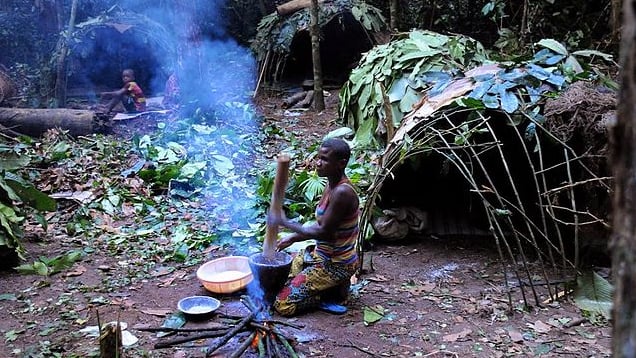
The Dja Faunal Reserve is home to the Baka people, who have lived in this land for centuries. Known as “Pygmies” for their short stature, the Baka are the only group allowed to hunt and gather within the reserve. They live entirely off the natural resources of the forest.
While their primitive lifestyle—using spears and nets to hunt—offers a fascinating glimpse into ancient human traditions, what truly stands out is their singing. These songs, said to be sung to gain permission from forest spirits before hunting, are as beautiful as birdsong and filled with an otherworldly charm. Their dances and drumming performances that accompany the singing are also a must-see.
◎ Summary
A vast tropical rainforest, a diversity of unique wildlife, and encounters with the Baka people—all these features make the Dja Faunal Reserve a treasure trove for travelers. Often described as a "miniature Africa," this World Heritage site in Cameroon offers experiences and scenery. If you're looking to be deeply moved by breathtaking landscapes and unforgettable cultural encounters, consider a visit to Cameroon.
RELATED ARTICLES
REGIONS
CATEGORIES
FEATURED ON Cameroon
MOST POPULAR ON Cameroon
-
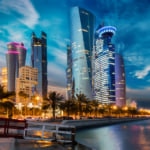 1
1Doha: Must-see Attractions in the Capital of Qatar
-
 2
2Toronto: 10 Things to do in this Picturesque Canadian City
-
 3
3Amarillo: A City Famous for It’s Amazing Canyons, Great History and Music
-
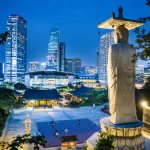 4
4South Korea: Dazzling Scenery, Rich Culture and Fascinating History
-
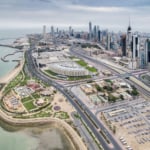 5
5Kuwait: A Country in Middle East Asia Famous for Hot Sand Dunes and Stunning Cityscape

